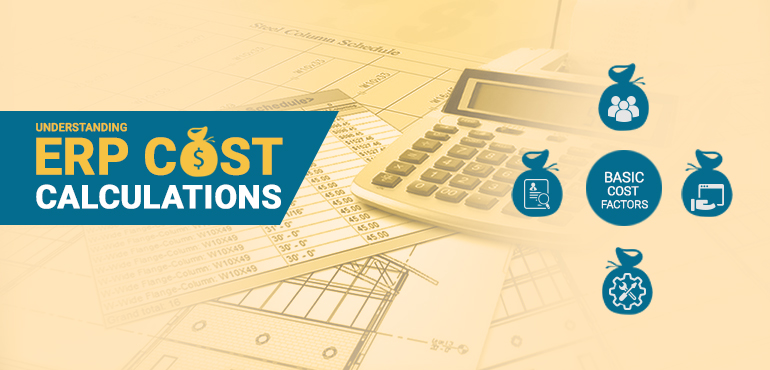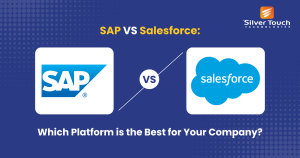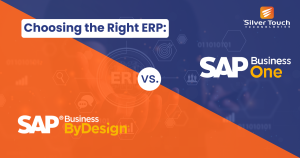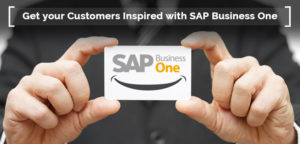An Enterprise Resource Planning (ERP) system is a business management solution that works on a common business-wide database and other application modules to streamline common business activities. These range from planning, manufacturing to sales, marketing, and distribution, together with accounting, financial, project management, and inventory management, to restore, process, and/or store datain a real-time environment.
Together with the automation of business processes, real-time information accessibility, and improved operational efficiencies, ERP software have set the modern approach on how an organisation should execute its daily operations.
The implementation of an ERP system is a strategic investment for any organisation and therefore a great level of attention to detail needs to be taken, in the selection and implementation processes, in order to avoid incurring any unnecessary costs and delays.
This guide is structured around cost consideration factors to help business decision makers pin down a precise budget for ERP implementation.
Basic Costs
| Factors | Particulars |
| Number of Users | You need to define the total number of users and the roles of those who will be using the system. |
| Hosting | You need to decide whether to host your software on premise, cloud or as a hybrid solution. |
| Customisation Level | You need to determine what degree of customisations you will require. |
| Applications | You need to choose applications to meet your requirements and the functionality of each. |
Points to consider
You can expect some level of customisations to suit your industry-specific needs and therefore you should add this in your budget. Remember, the extent of customisation will affect the Total Cost of Ownership (TCO) of the solution.
Common applications that are included in an integrated software suite are
- Accounting software
- Business intelligence
- Customer Relationship Management (CRM)
- Human Resources software
- Inventory management
- Manufacturing Resource Planning software
- Supply chain management
Implementation Costs
| Factors | Particulars |
| Software Licensing Fee | Licensing fee differs based on which type of hosting option you choose i.e. on-premise or cloud. Cloud-based solution costs you a monthly subscription fee whereas on-premise requires paying more money upfront. A company with more number of users should opt for an on-premise solution. |
| Hardware | Hardware costs are applicable to those who choose an on-premise solution. If your legacy software systems are updated enough to utilise then you can cut down on a few hardware costs and if you choose to purchase entirely new hardware which would possibly include servers, upgraded workstations, and/or SQL server licenses then it increases the TCO. |
| Maintenance Fees | Maintenance fees are charged to keep your ERP system in a good working order and receive any updates and new functions introduced in new versions released. It depends on individual vendors as some charge it annually and some monthly. |
| Implementation Services | Implementation service costs are applicable to the companies that lack in-house ERP expertise. It is normally charged on per/hour basis, again depending on the individual vendor. On average, a company requires a minimum of 40 hours and maximum of 400 hours of implementation time. The greater the number of users the greater the implementation costs will be. |
Implementation services typically include
- Analysing business requirements
- Installing and configuring
- Integrating with other applications
- Data migrating and converting
- Testing
- Training
- User acceptance
To reduce the number of hours and hence cost for implementation you can
- Identify your needs in each of these areas closely and ask for an estimate from your vendor.
- You can choose to use online training instead of expensive in-person training or follow the ‘train the trainer’ approach.
- You can perform tasks like data-entry and migration yourself.
- Try changing your processes to match that of the software rather than customising thesoftware according to your processes. This will not only reduce implementation costs but also make operations more efficient.
Read this to find out how your investment made in an ERP solution is completely justified.
By conducting some research and being careful in your selection process, it is possible to obtain the right ERP solution such as SAP Business One for a reasonable & cost effective price. In the long run, SAP Business One has the potential to provide significant returns on investment.
To get a free SAP Business One demo, call us on +44 – (0) 203-872-5140 or e-mail at info@silvertouchtech.co.uk today!





